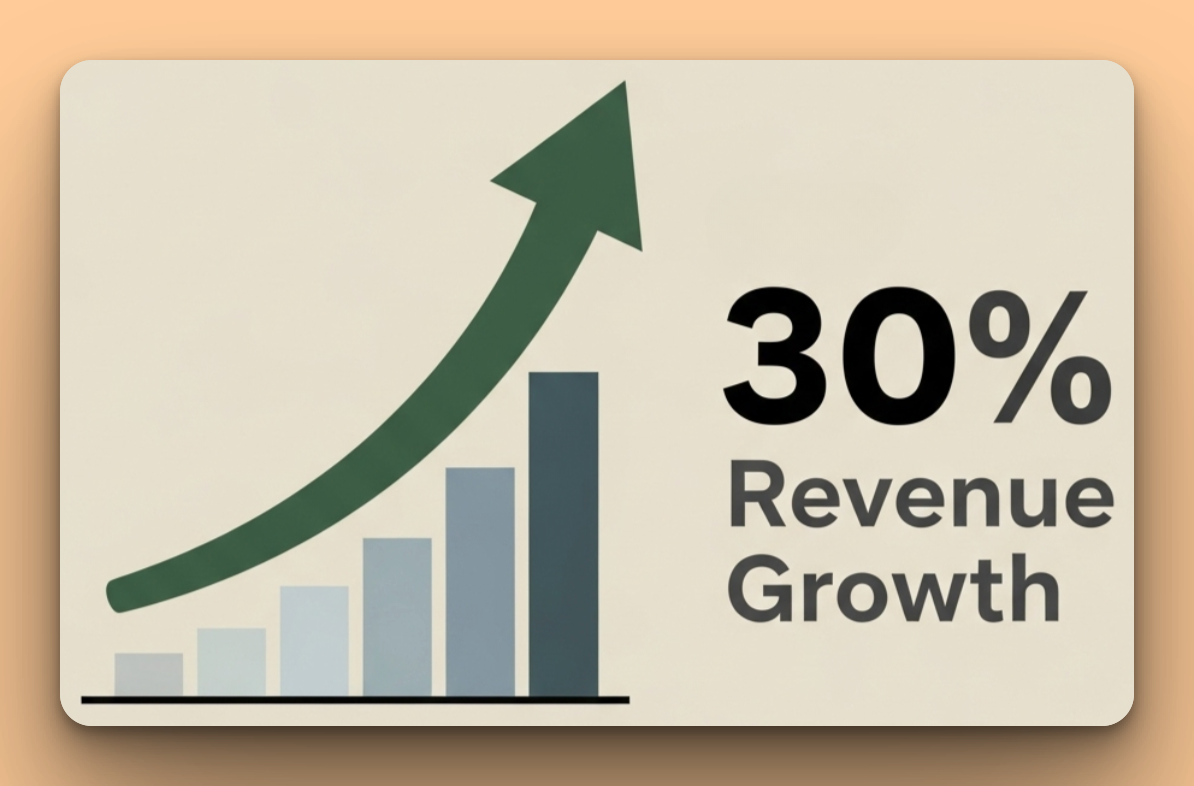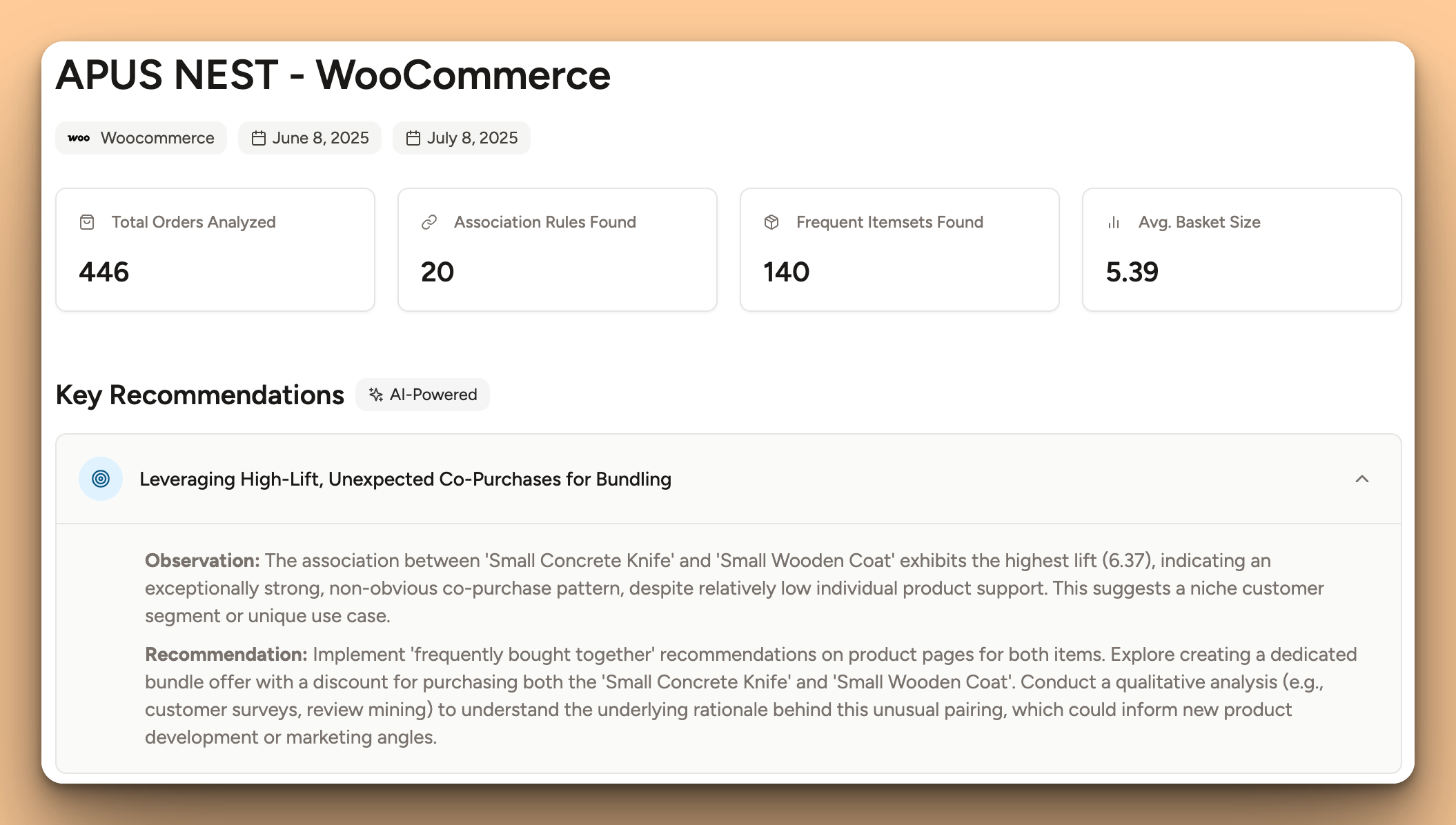You've added your products. You've set up your payment gateway. You've even ticked the box in WooCommerce to link a few products as "cross-sells." Job done, right?
Not even close.
Treating cross-selling as a one-time task is one of the biggest missed opportunities in e-commerce - an opportunity that industry data shows can boost revenue by 10-30% or more. A generic, static "You might also like" section leaves that money on the table. It’s the equivalent of a store clerk mumbling a random suggestion without looking up: uninspired, often ineffective, and it tells your customers you don't truly understand them.

But when you, the store owner, take ownership of this process, the cross-sell transforms. It stops being a passive feature and becomes your strategic masterpiece - a carefully crafted experience that guides customers, increases Average Order Value (AOV), and makes your brand feel genuinely helpful.
The Architect vs. The Onlooker: Owning Your Strategy
Many store owners adopt a "set it and forget it" mentality. They link a popular accessory to a bestseller and move on. The problem? Customer behavior isn't static. New trends emerge, your product catalog evolves, and hidden connections between items go completely unnoticed.
An onlooker lets the default settings run the show, potentially ignoring the very strategies that drive that 10-30% revenue growth. An architect, on the other hand, actively builds, measures, and refines the customer journey to capture that value. As the architect of your store, your role is to design a cross-sell strategy that feels intentional and intelligent. It’s about creating those "aha!" moments for your customers, where they discover the perfect add-on they didn't even know they needed. This proactive approach separates thriving stores from stagnant ones.

From Guesswork to Genius: Crafting Your Cross-Sell Strategy
Building a masterpiece requires both insight and execution. You don't need to be a data scientist, but you do need to be a strategist. Here's how to move from guessing to knowing.
1. Uncover the Hidden Connections in Your Data
Your sales history is a goldmine. The most powerful cross-sells aren't based on your intuition alone; they're based on your customers' actual buying habits. Which products are they really buying together?
This is where Market Basket Analysis comes in - a technique used by retail giants to discover non-obvious product pairings. While this sounds complex, it’s the exact process that tools like ApusNest are designed to simplify. By analyzing your data, you can uncover patterns like:
- Customers who buy your "Performance Yoga Mat" are surprisingly likely to also buy your "Organic Lavender Tea."
- Your "Leather Weekend Bag" is frequently purchased with a "Travel-Sized Shoe Cleaning Kit," not just the matching wallet.
These are the data-driven insights that form the foundation of a brilliant strategy. You aren't just selling more; you're anticipating needs.
2. Design the Experience: Where and How to Offer
Once you know what to cross-sell, you must decide how and where. Don't limit yourself to the default product page section. As the architect, you control the entire blueprint. Consider implementing:
- The Smart Cart: Add targeted, one-click offers directly in the shopping cart or a slide-out cart. This is a crucial moment when purchase intent is highest. Offer a low-cost, high-value item like a "Screen Protector" for the phone case in their cart.
- The Post-Purchase Upsell: The moment after a customer clicks "Buy" is a unique opportunity. Their trust is high, and their wallet is out. Use a post-purchase offer to present a compelling, related product. This is pure profit, with zero risk of cart abandonment.
- Strategic Bundles: Go beyond simple pairings. Create curated "starter kits" or "complete-the-look" bundles based on your data. Present them as a complete solution and offer a small discount for buying them together. You are no longer just a seller; you are a solution provider.
3. Monitor, Measure, and Refine
A masterpiece isn't created in a single sitting. You must step back, observe, and make adjustments. The same is true for your cross-sell strategy.
Actively monitor its performance.
- Is your AOV increasing?
- What is the conversion rate on your cross-sell offers?
- Are some pairings performing better than others?
When you actively monitor these metrics, you can double down on what works and cut what doesn't. You can test new offers, swap out product recommendations based on seasonality, and continuously optimize your approach. This is the difference between a static, dusty display and a dynamic, profitable sales engine.

You Are the Strategist - AI Is Your Tool
The rise of accessible AI in e-commerce doesn't replace you. It empowers you.
Tools like ApusNest act as your personal data analyst, doing the heavy lifting to find those hidden connections. But you remain the creative director. You take those insights and weave them into the fabric of your store, your marketing, and your brand's story.
Stop being a passive onlooker. The power to create a more profitable, more intelligent shopping experience is already in your hands. Start by looking at your own data, embrace your role as your store's chief strategist, and turn your cross-sell feature into the masterpiece it was meant to be.